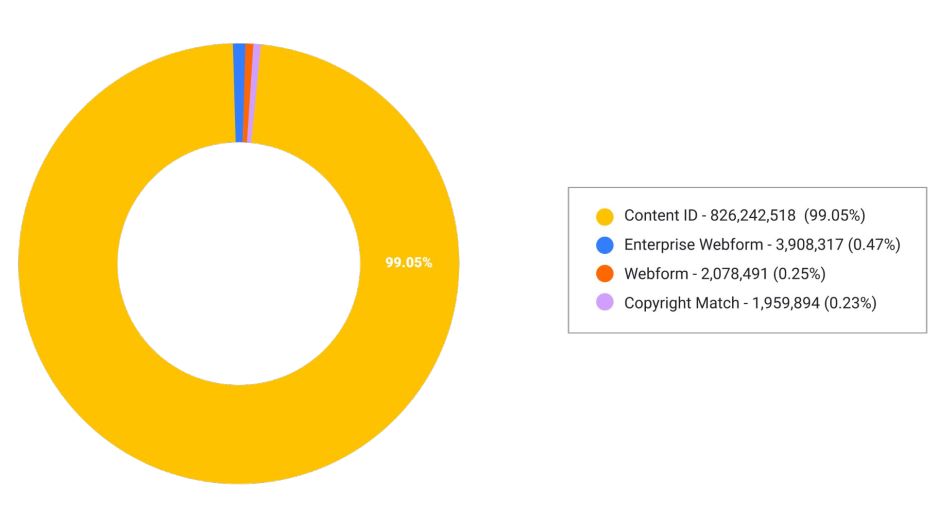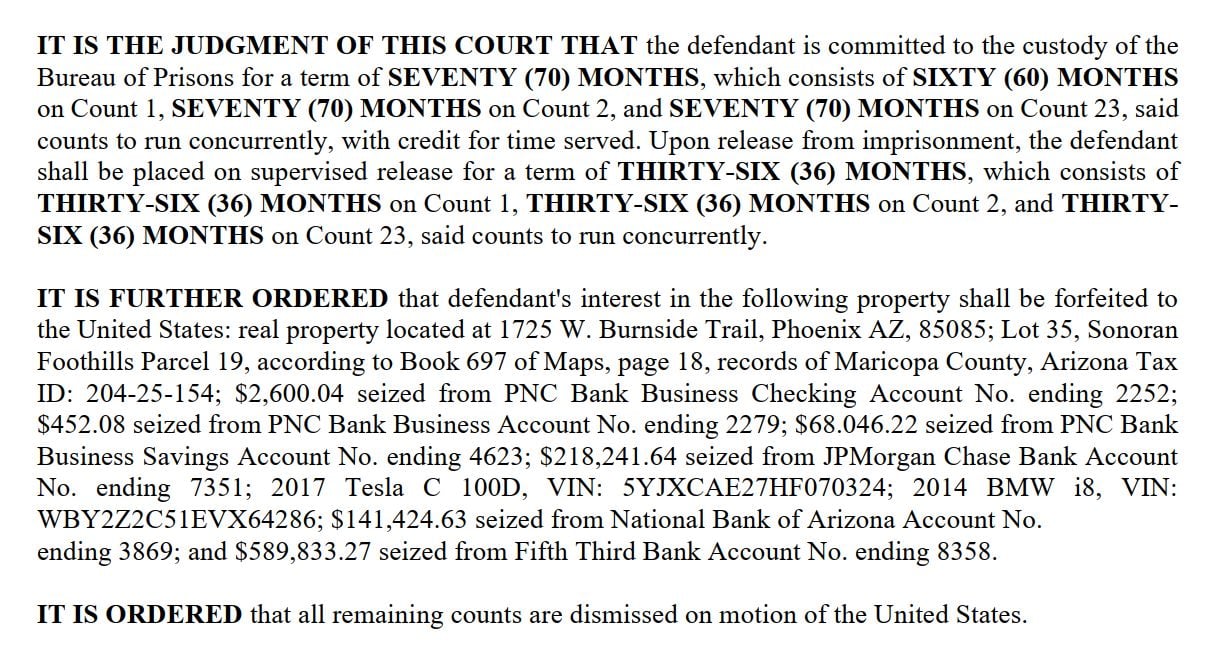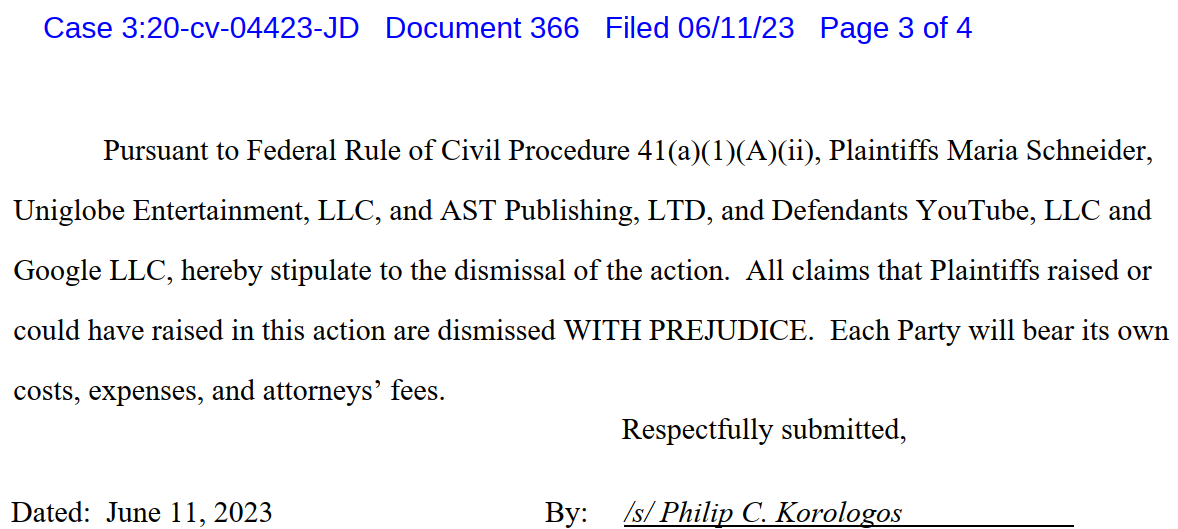-
chevron_right
ContentCore Aims to Be a ‘Content ID’ Equivalent for Independent Video Platforms
news.movim.eu / TorrentFreak · Sunday, 7 April - 19:53 · 5 minutes
 Two billion copyright claims are processed every year through YouTube’s Content ID platform – a
staggering figure
that underscores the scale of this content management system.
Two billion copyright claims are processed every year through YouTube’s Content ID platform – a
staggering figure
that underscores the scale of this content management system.
As an enforcement tool, Content ID has often been criticized by creators but rightsholders, at least those who have access to it, are generally happy with its performance.
Aside from addressing copyright infringements in an automated fashion, the Content ID system brings in billions of dollars in revenue. Many rightsholders choose to monetize copyright-infringing videos instead of taking them down, which can be quite lucrative.
This approach was initially controversial but not anymore. In a way, one can argue that YouTube engineered a way to monetize copyright infringement. YouTube itself also benefits from this strategy. After all, a video that’s taken down doesn’t bring in any revenue at all.
Despite the benefits for large rightsholders and YouTube itself, Content ID is unique in its kind. Most other large video services and content storage platforms simply take content offline. Developing a similar technology isn’t easy, but one could argue that this represents missed opportunity.
Fingerprint, Find, and Report
New York-based tech company WebKyte recognizes the potential and has developed a technology that might be able to fill the gap one day.
WebKyte is certainly not a newcomer to the copyright scene. The company, formerly known as WebKontrol, was founded over a decade ago and has offered fingerprinting and takedown services for a long time. It’s one of several companies in this business, but one with an interesting pitch.
One of the services on offer is WebScan, which allows copyright holders to search for pre-indexed content on 12 large video sharing platforms: Aparat, CDA, Chomikuj, Dailymotion, FC2, Mail.ru, OK, Rumble, Videa.hu, Vimeo, VK, and Webshare.
Several of these services have been listed in the USTR’s overview of notorious piracy markets. However, they all aim to operate legally and, if rightsholders report pirated content, the platforms will take it down.
With WebScan, rightsholders can fingerprint their content and instantly ‘scan’ for content matches on these sites. If any matches are found, the associated URLs can be targeted through takedown notices.
While we would never vouch for the accuracy of any fingerprinting filter, WebKyte provided us with access to their platform, allowing us to upload files and check the accuracy. After uploading a copy of TPB-AFK to the system, near-instantly it found over 2,000 matches across the dozen platforms.
These don’t need to be taken offline, but as far as we could see, the detected links were indeed pointing to copies of the TPB-AFK documentary. Whether it missed any links is unknown, of course.
A Platform-Independent Upload Filter
While WebScan is a handy tool for rightsholders, WebKyte has a service for online platforms too. The latter refers to the ContentCore platform, which offers a Content ID-like tool ‘as a service’.
“ContentCore is a ready-to-use YouTube Content ID ‘as a service’ for UGC platforms of any size to detect illegal content among user-generated uploads,” WebKyte’s elevator pitch reads.
In essence, it’s a copy of the earlier mentioned WebScan technology, installed directly at the online platforms to automate takedowns. Put more bluntly; it’s an upload filter.
While pirate sites are not necessarily eager to install upload filters, plenty of legitimate platforms might find them useful. In addition to appeasing rightsholders, ContentCore also helps to ensure that UGC platforms comply with Article 17 of the EU Copyright Directive.
ContentCore essentially automates the takedown process. Currently, most rightsholders find content and then report it to the platform, which has to process the request and take action. Under the automated system, copyrighted content is fingerprinted and added in advance, so pirated copies can be flagged when they’re uploaded.
Errors and Nuance
Upload filters are not perfect and generally lack ability to factor-in the nuances of copyright law, such as fair use. WebKyte hasn’t solved this problem but CEO Olia Valigourskaia believes that, when dealing with full videos, rightsholders can detect copies with ‘100%’ accuracy.
The technology can also find partial clips and even modified videos, but that opens the door to inaccuracies. The company’s internal tests on public datasets reveal that the current error rate is about 2.7%.
WebKyte notes that it minimizes the risk of overblocking. That said, when dealing with millions of takedowns, a relatively small percentage will result in big numbers. This means that platforms that use this service may want to build extra safeguards against overblocking, including fair use.
At the moment, several user-generated and social media platforms are using ContentCore but none of these would like to have their name mentioned in public. WebKyte did say that, for one ContentCore client, it currently checks 173,000 user-generated videos for copyright infringements every month.
Monetizing Piracy
To illustrate the scope of the ‘piracy’ problem online platforms must deal with, WebKyte shared a selected dataset with us. This shows that copies of a Hollywood film that premiered in December 2022 were uploaded over 3,000 times to the Polish file-hosting platform Chomikuj in one year.
Rightsholders usually want this content taken down, but there’s increasing interest in monetization, perhaps in part due to YouTube’s success with this strategy.
At the moment, no independent platform has a full Content ID equivalent with monetization capability. That’s the “holy grail” for WebKyte, as that would create a win-win situation for rightsholders, platforms, as well as WebKyte itself.
Valigourskaia says that rightsholders have shown an interest in monetization, so it may only be a matter of time before it is rolled out more broadly.
“From our experience, rightsholders are on board with varying approaches to monetization policies. For instance, major Hollywood studios are eager to monetize clips like trailers and behind-the-scenes videos that get posted on various UGC platforms,” WebKyte’s CEO says.
“Other rightsholders, such as Bollywood studios, seek ways to monetize full-length content on AVOD platforms. ContentCore is the tool that will enable platforms outside of YouTube to explore new revenue streams by enhancing the experience for users, rightsholders, and advertisers.”
Of course, other parties in the equation might not ‘win’ in this scenario. Pirates, for one, won’t be happy with automated upload filters and legitimate content creators whose content is inaccurately flagged, won’t be pleased either.
Online platforms are aware of these concerns and that may be part of the reason they’re hesitant to use it, or publicly admit that they do. If ContentCore is indeed more broadly adopted, we’ll keep a keen eye on the results, good or bad.
From: TF , for the latest news on copyright battles, piracy and more.

 To protect copyright holders, YouTube regularly removes, disables, or demonetizes videos that contain allegedly infringing content.
To protect copyright holders, YouTube regularly removes, disables, or demonetizes videos that contain allegedly infringing content.



 YouTube’s
YouTube’s




 In 2021, the US Department of Justice launched a
In 2021, the US Department of Justice launched a


 Two years ago, Spanish-born movie tycoon
Two years ago, Spanish-born movie tycoon

